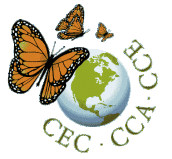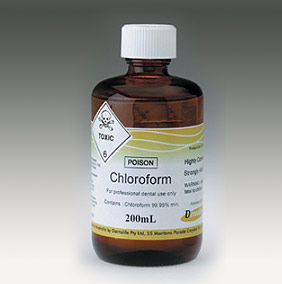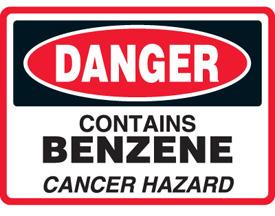 In 2011, I had stumbled upon the Commission for Environmental Cooperation(CEC), a group run mostly by a council of environmental authorities (cabinet level or equivalent) from Canada, Mexico, and the United States. They created a great web site which allows informed citizens to keep track of pollutants. The CEC’s mandate is to compile and disseminate data of toxins from the continent’s industrial activity as a pressure tactic towards reducing emissions.
In 2011, I had stumbled upon the Commission for Environmental Cooperation(CEC), a group run mostly by a council of environmental authorities (cabinet level or equivalent) from Canada, Mexico, and the United States. They created a great web site which allows informed citizens to keep track of pollutants. The CEC’s mandate is to compile and disseminate data of toxins from the continent’s industrial activity as a pressure tactic towards reducing emissions.
Unfortunately, at the time the latest available data was five years old. Now in 2014, it’s been updated to include 2011 data. Let’s see what has changed.
I had looked up 2006 chloroform emissions data from the province of Quebec and had compared them to those from California. Chloroform, CHCl3, is a cancer-suspect agent and has been banned from all American consumer products since 1976. Yet in 2006, Quebec released 41 284 kg of chloroform into the air, with one company alone(Smurfit Stone) releasing 37 421 kg. In contrast, the entire state of California had only released 5078 kg of the same compound.
Things got worse in 2011 when 91 257 kg of chloroform were released in Quebec. The main culprit was Fortress Paper in Thurso, which is upstream from Montreal, and which released almost 78 000 kg. In California, things remained better with only 4,846.63 kg released mostly by Dow Chemical in the town of Pittsburg, California.
 Benzene is a known carcinogen (in a higher risk-class than chloroform), and from 2006 to 2011, emissions have decreased from over 90 000 kg to 25 000 kg, respectively. The main culprits are Boralex, and the Montreal East’s polymer-maker Para-chem and oil refinery Suncor. California has not met the same fate. Emissions of benzene have increased from 59,710 kg to over 134 000 kg. They have now surpassed us in benzene emissions per capita: 3.5 grams versus 3.1.
Benzene is a known carcinogen (in a higher risk-class than chloroform), and from 2006 to 2011, emissions have decreased from over 90 000 kg to 25 000 kg, respectively. The main culprits are Boralex, and the Montreal East’s polymer-maker Para-chem and oil refinery Suncor. California has not met the same fate. Emissions of benzene have increased from 59,710 kg to over 134 000 kg. They have now surpassed us in benzene emissions per capita: 3.5 grams versus 3.1.